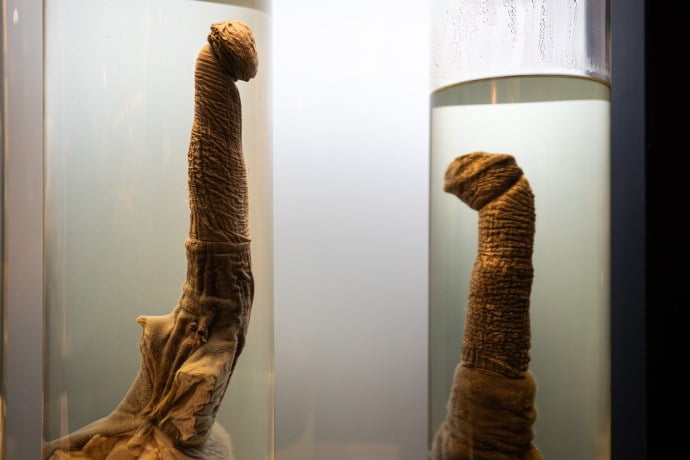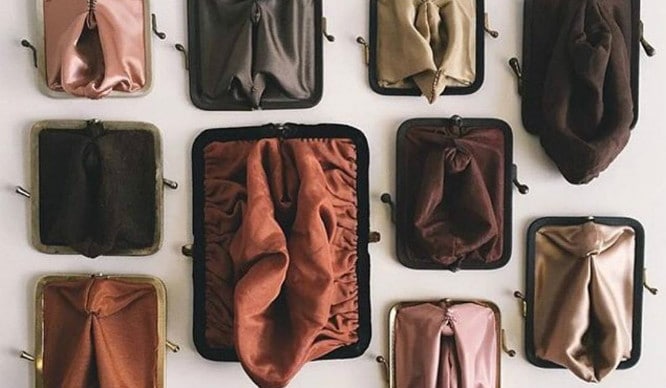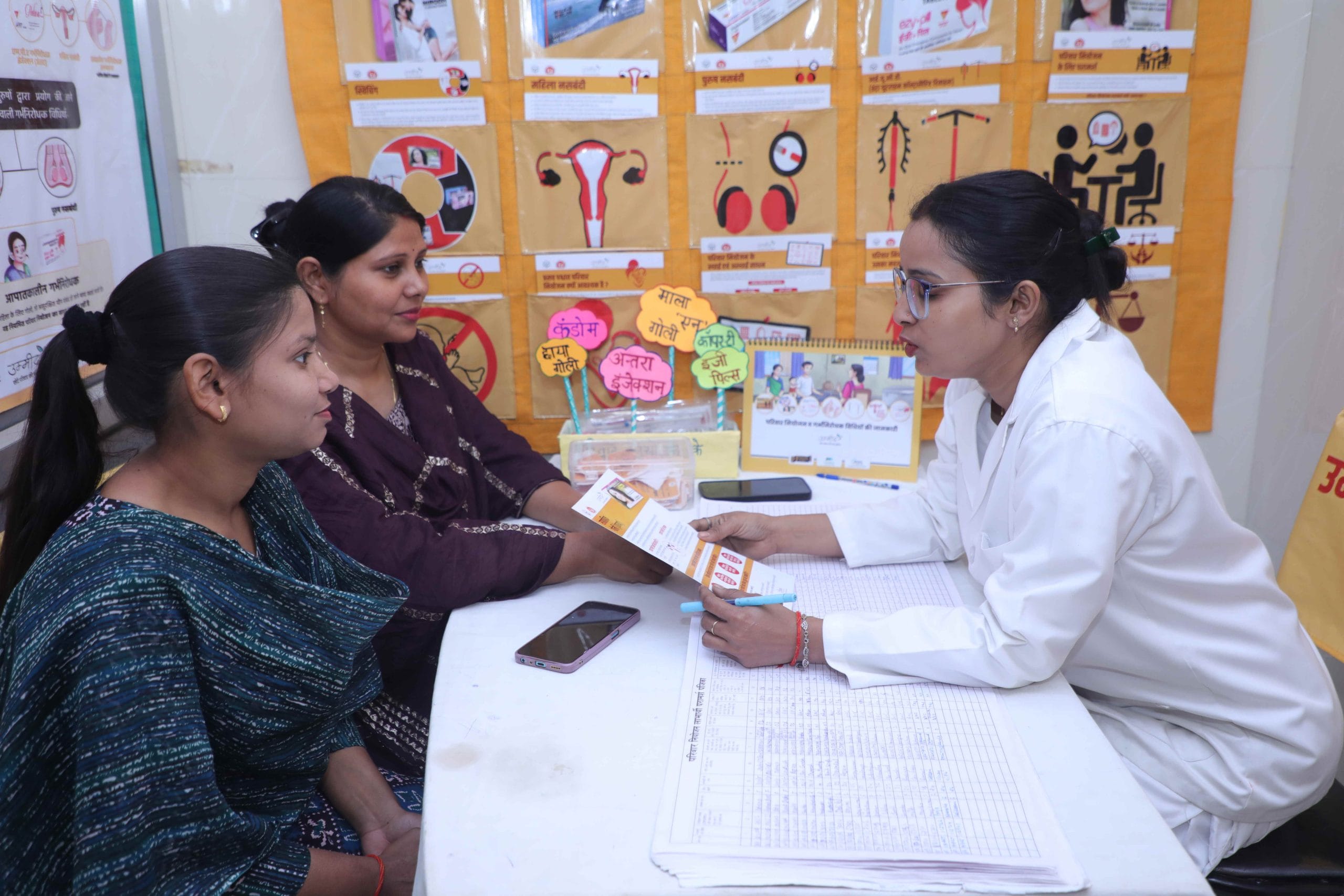The world’s first Vagina Museum will open on 16th November 2019 at Camden Market, London. It is the first museum dedicated to vaginas, vulvas and the gynaecological anatomy. When the London based scientist Florence Schechter came to know that there has been a penis museum called the Icelandic Phallological Museum since 1997 in Reykjavík, Iceland, she felt the pressing need for the world’s first vagina museum. So she decided to start one.
The Icelandic Phallological Museum houses the world’s largest display of penises and penile parts, a collection of 280 specimens from 93 species of animals. Unlike this museum, UK’s Vagina Museum, currently does not have any specimens of vagina on display. The Vagina Museum is about the human vagina, in fact, it is not only about vagina, but about the entire gynaecological anatomy everything from the uterus to the vulva. For lack of a non-medical term for the entire gynaecological anatomy, it was decided that the museum be called the Vagina Museum, simply because the word vagina is more recognisable. The purpose of the name is to make the museum more accessible.

when the London based scientist Florence Schechter came to know that there has been a penis museum called the Icelandic Phallological Museum since 1997 in Reykjavík, Iceland, she felt the pressing need for the world’s first vagina museum. So she decided to start one.
The aim of the museum is to spread knowledge and raise awareness of the gynaecological anatomy and health. They seek to erase the stigma surrounding the gynaecological anatomy that prevents women from approaching doctors, talking to them, seeking medical care or even talking about the vagina amongst themselves. The museum aims to promote intersectional values and act as a forum for feminism, the LGBTQIA+ community and the intersex community. In fact, they give a lot of importance to inclusivity and are open to negative feedback about the same on their website.
The founder of the Vagina Museum, Florence Schechter believes that the taboo surrounding the subject of gynaecological anatomy has real consequences. She hopes to destigmatize this part of the body with The Vagina Museum. In an interview with CBC she said that “Museums are used by societies and communities to showcase what they think is important. And so, by having a Vagina Museum, it’s us as a community coming together and saying, ‘This is a part of the body that we think should be valued and should be celebrated‘.” She came highly commended in the Women of the Future Awards 2017 in the arts and culture category for her work with the Vagina Museum.
The creation of this museum was an uphill struggle for Schechter. The project was first launched in March 2017 and ran fundraising pop ups for two years around the UK. Their first event was the Vagina Museum’s feminist comedy night which took place on 19 May 2017. The Museum held its first exhibition in August 2017 in Edinburgh, Scotland. Its second pop up exhibition that travelled across the UK was called “Is Your Vagina Normal?” In September 2017, they conducted a talk on “Vulvanomics” by Emma L. E. Rees, author of The Vagina: A Literary and Cultural History. In October 2017 they screened Teeth, a 2007 horror film about a woman’s vagina growing a set of teeth. They conducted a number of other events and exhibitions around UK before getting their premises in 2019.
The museum aims to promote intersectional values and act as a forum for feminism, the LGBT+ community and the intersex community. In fact, they give a lot of importance to inclusivity and are open to negative feedback about the same on their website.
Schechter ran a long crowdfunding campaign starting on 21 March 2019 to open a premises in Camden Market, including a video where she wore a vulva suit. It was a dress-up costume that turns your whole body into a vulva and your head is the clitoris. The crowdfunder raised £48,945. The project is supported by Camden Council, and the leader of Camden Council, Georgia Gould says:
“Camden has a proud and radical history of challenging prejudice and orthodoxy, however, we acknowledge that the stigma associated with talking about gynaecological health has meant ignorance, confusion, shame, and poor medical care for too many. . .We are therefore incredibly excited that the Vagina Museum is seeking to establish in Camden.“
The museum is going to run its first exhibition at its premises in Camden Market called ‘Muff Busters: Vagina Myths and How To Fight Them’ from 16th Nov ’19- 16th Feb ’20. Admission to the exhibition is free and it will also be available to view online. It is going to be about busting myths like if you have a lot of of sex, your vagina will get really loose or that you can tell if someone’s a virgin by how long their labia are. The museum is hosting many events ranging from a performance titled Babies/No Babies exploring motherhood as an individual choice, a Cervical Health Awareness Session, a Dinner for Trans Day of Remembrance to a Bajingo Bingo game where you can also learn about the vagina.

Most of us having grown up not even knowing what the vagina was called we can surely relate to the concern. In fact, a lot of us do not know what to call the vagina in our vernaculars. It is a word we learn in class, only if we are lucky. Florence Schechter quoted a study done by a charity called The Eve Appeal that revealed only half of British women could actually label the vagina on a diagram of internal anatomy. This study was one of her motivations to start the museum. I could not find a similar study done in India, maybe because we still shy away from the word vagina itself unless its an abuse, and surely have a long way to go.
Coming from a country where female genital mutilation has not been done away with completely, menstruation is largely considered a taboo and where there is a lack of awareness about gynaecological health, we can surely appreciate The Vagina Museum as an effort to do away with these taboos. Even though I do not see a Vagina Museum coming up in India, I feel the desperate need to create awareness about the gynaecological anatomy with or without a museum.
References
Follow the Vagina Museum on Twitter and Instagram.
Featured Image Source: SecretLdn
About the author(s)
Khushi Agarwal is an English Literature student from Miranda House and an enthusiastic volunteer for women and child development. Writing is her chosen mode of expression and activism.





Excellent article. Thanks for sharing it.